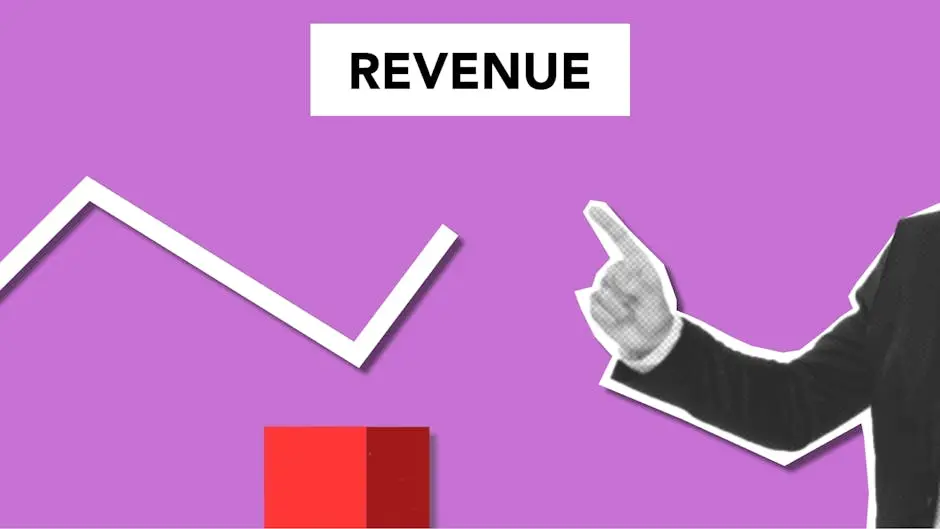In the world of exhibitions and trade shows, the visual appeal of a display plays a critical role in attracting potential clients and increasing engagement. As technology evolves, illuminated displays have emerged as a modern solution to traditional signage, raising the question—do they truly offer a better return on investment (ROI) for exhibitors? This article dives into the key differences between illuminated displays and traditional signage, examining various factors that influence ROI to help exhibitors make informed decisions.
Understanding the Basics: What Are Illuminated Displays and Traditional Signage?
Illuminated displays are modern marketing tools that incorporate various lighting elements, often using LED technology, to enhance visibility and attract attention. They can come in various forms, including backlit banners, lightbox displays, or even digital screens that showcase dynamic content. On the other hand, traditional signage refers to conventional materials like vinyl banners, posters, or foam board displays, which typically rely solely on print and static visuals. Both types of signage have their place in the marketing landscape, but their effectiveness can vary significantly based on context and usage.
While traditional signage has long dominated the exhibition space, the emergence of illuminated displays has transformed how marketers approach brand visibility. For instance, illuminated displays can draw immediate attention in crowded venues, making them more likely to be noticed by passersby. Additionally, the dynamic nature of these displays allows for versatility in messaging, enabling exhibitors to change their content on the fly. This contrasts starkly with traditional signage, which may require cumbersome logistical adjustments to alter messaging or visuals.
Ultimately, understanding these basic distinctions is key in determining which type of display aligns best with your marketing strategy and audience needs. Each option represents a unique set of opportunities and challenges that exhibitors must weigh in their planning process.
The Advantages of Illuminated Displays
One of the most significant advantages of illuminated displays is their ability to stand out in any environment. Bright, colorful lights tend to attract attention more effectively than traditional static signs, especially in dimly lit exhibition spaces. This characteristic alone can result in a higher footfall of potential clients, directly influencing ROI. Furthermore, illuminated displays can enhance the overall atmosphere of an exhibition, creating a more engaging and vibrant experience for attendees.
Another compelling advantage of illuminated displays is their versatility. Many modern illuminated displays are designed not only to attract attention but also to provide a platform for animations or videos that convey messages more dynamically. This form of storytelling can engage potential customers more deeply, allowing brands to evoke emotions and convey information in a memorable manner. In addition, the long lifespan and energy efficiency of LED lighting mean that exhibitors can save on costs associated with frequent replacements and energy consumption over time.
Moreover, illuminated displays can enhance branding efforts, especially when incorporating customized designs and colors. They allow brands to ensure consistency and visibility across different platforms, making it easier for audiences to recognize their branding message. Studies suggest that consistent brand presentation can lead to a 33% increase in revenue as it builds trust and familiarity with the audience. Therefore, the investment in illuminated displays can yield substantial benefits for exhibitors aiming to enhance their branding and engagement.
Why Traditional Signage Still Holds Value
While illuminated displays present a cutting-edge solution for attracting visitors, traditional signage continues to hold significant value for a multitude of reasons. Firstly, cost-effectiveness is a critical factor to consider, especially for smaller exhibitors with limited budgets. Traditional signage, such as printed banners or posters, often requires a lower initial investment, which can be more accessible for businesses operating on tight margins.
Moreover, traditional signage can be incredibly straightforward to implement. In a fast-paced exhibition environment, time is of the essence, and many exhibitors appreciate the ease and speed of deploying traditional materials. While illuminated displays may require additional technical setup, traditional signage can be displayed quickly and effectively without the need for specific power sources or equipment.
Furthermore, it is important to note that not all exhibitions have a visual landscape that favors illuminated displays. In certain contexts, particularly in trade shows with substantial daylight or natural lighting, traditional signage can still perform admirably. Its simplicity allows for immediate comprehension of messages without the potential distraction posed by competing light sources.
Overall, while illuminated displays certainly provide distinct advantages, the enduring value of traditional signage is hard to overlook, and many exhibitors still find it to be an essential part of their marketing toolkit.
Cost Analysis: Comparing ROI for Illuminated Displays and Traditional Signage
When analyzing the return on investment for signage types, a comprehensive cost analysis reveals key differences between illuminated displays and traditional signage. While the initial costs of illuminated displays may appear higher due to technology and equipment expenses, many exhibitors fail to account for the long-term benefits and potential higher returns they offer. For instance, illuminated displays can attract substantially more foot traffic, which may translate into increased sales and lead generation over time.
It is also essential to consider maintenance costs over the lifespan of these display types. Traditional signage might require frequent replacements due to wear and tear, which can add up over time. Conversely, high-quality illuminated displays, particularly those utilizing LED technology, tend to have longer lifespans and fewer maintenance requirements. This reduction in ongoing costs often makes illuminated displays more financially viable in the long run.
Additionally, the ability to change content quickly and easily in illuminated displays means that advertisers can pivot their marketing strategies more effectively. Instead of incurring costs for new materials for traditional signage each time there is a change, exhibitors can simply update their digital content in real-time. This flexibility could lead to more responsive marketing efforts, enhancing overall value and ROI.
Case Studies: Success Stories from Exhibitors
A notable case study involves a tech firm that opted for illuminated displays at a recent trade show. The company reported a remarkable 50% increase in booth traffic compared to previous events where they utilized traditional signage. By incorporating bright, animated displays, they effectively communicated their innovative solutions, attracting attendees who otherwise might have bypassed their booth. As a direct result, the firm secured numerous leads and ultimately increased their sales conversion rate.
Another success story comes from a fashion brand which initially invested in traditional printed banners. However, after witnessing the heightened engagement at neighboring booths with illuminated displays, they made the switch for their next event. The brand saw a more than 60% rise in inquiries and immediate sales after adapting to this new visual strategy. This swift pivot illustrates the tangible benefits of illuminated displays in capturing audience attention and turning interactions into customer relationships.
These case studies underline the overarching significance of adapting to the evolving exhibition landscape. While traditional signage holds value, illuminated displays can provide unparalleled advantages that lead to substantial returns on investment for savvy exhibitors willing to embrace innovation.
Factors to Consider When Choosing Your Display Type
When faced with the decision of choosing between illuminated displays and traditional signage, several factors deserve careful consideration. Firstly, exhibitors should evaluate their target audience. Understanding the demographics and preferences of the attendees can help in determining which type of display will resonate most effectively. For example, younger audiences may be more attracted to modern and interactive displays, while older attendees might appreciate traditional signage for its familiarity.
The context in which the displays will be utilized is another crucial aspect. Particular trade shows might provide different ambient conditions, such as lighting or space constraints, influencing visibility. Additionally, budget considerations play a fundamental role in this decision-making process. It is essential to balance initial investment with long-term value and engagement potential to ensure a worthwhile return.
Lastly, it’s crucial to remember that the design and messaging of the display must align harmoniously with the overall brand strategy. Whether opting for illuminated displays or traditional signage, consistency in branding is paramount to effectively communicate value to the audience. By weighing these various elements holistically, exhibitors can optimize their choice of display, ensuring the best fit for their marketing goals.
Making the Right Choice for Your Exhibition
Ultimately, while traditional signage has its merits, illuminated displays have shown to significantly enhance visibility and engagement, often leading to higher ROI for exhibitors. Ultimately, the choice depends on various factors including budget, target audience, and specific exhibition goals. By carefully assessing these elements, exhibitors can determine which form of signage will best serve their needs, ensuring they maximize their investment in any event.



Share:
The Future of Trade Shows: Why Backlit Graphics are a Game-Changer
The Ultimate Guide to Choosing the Right SEG Backdrops for Your Exhibit